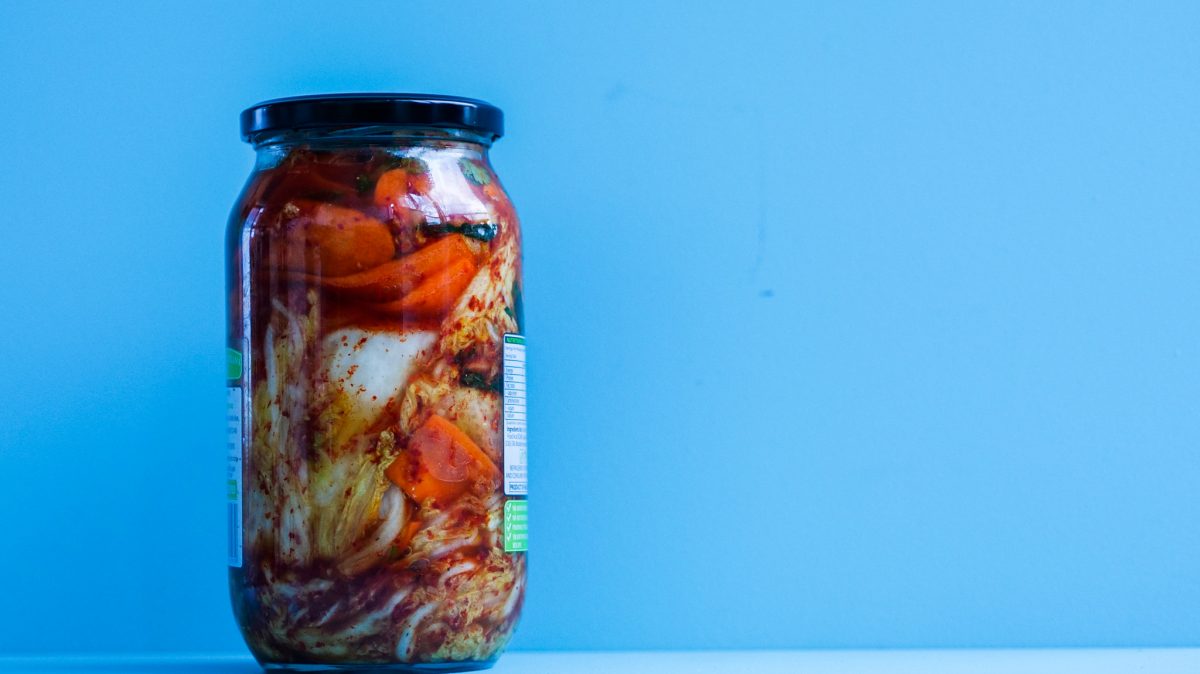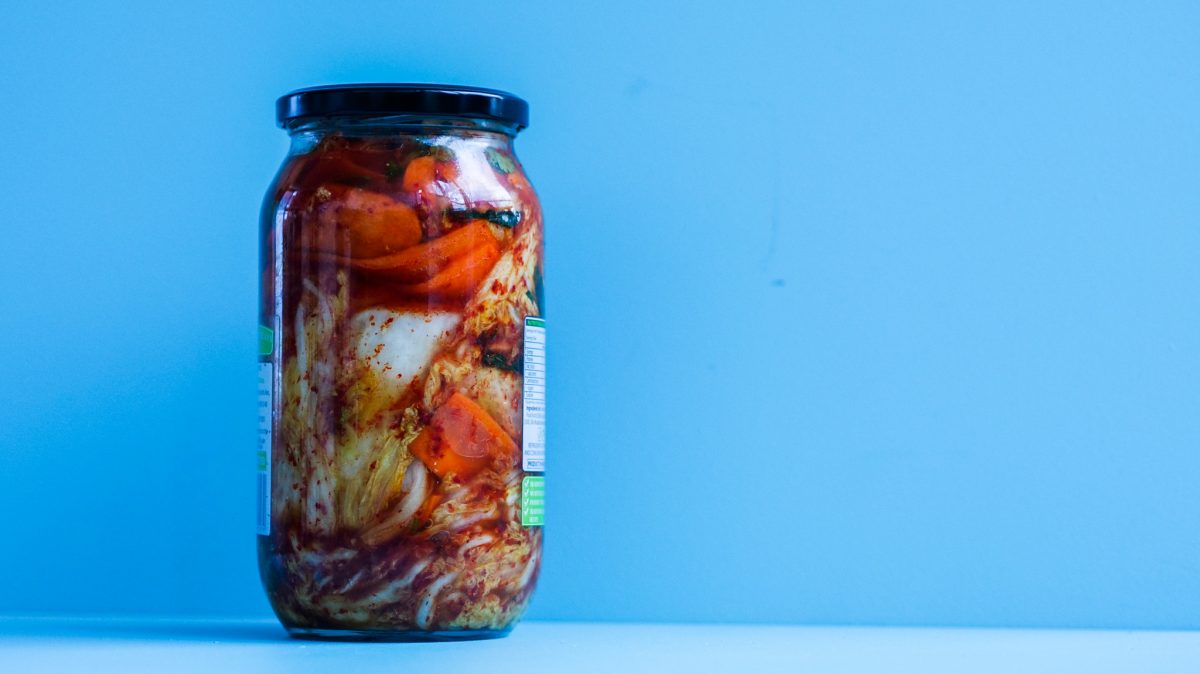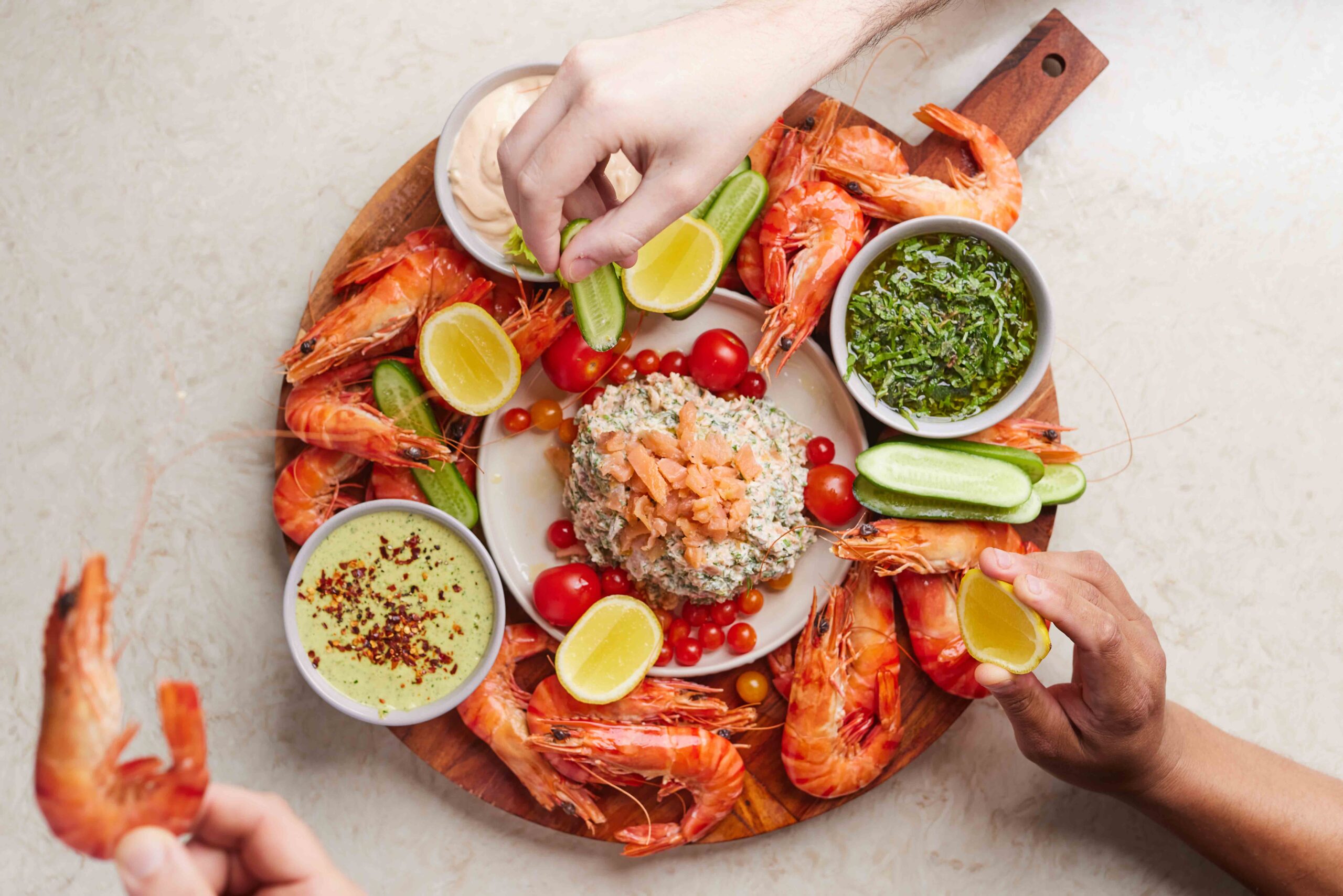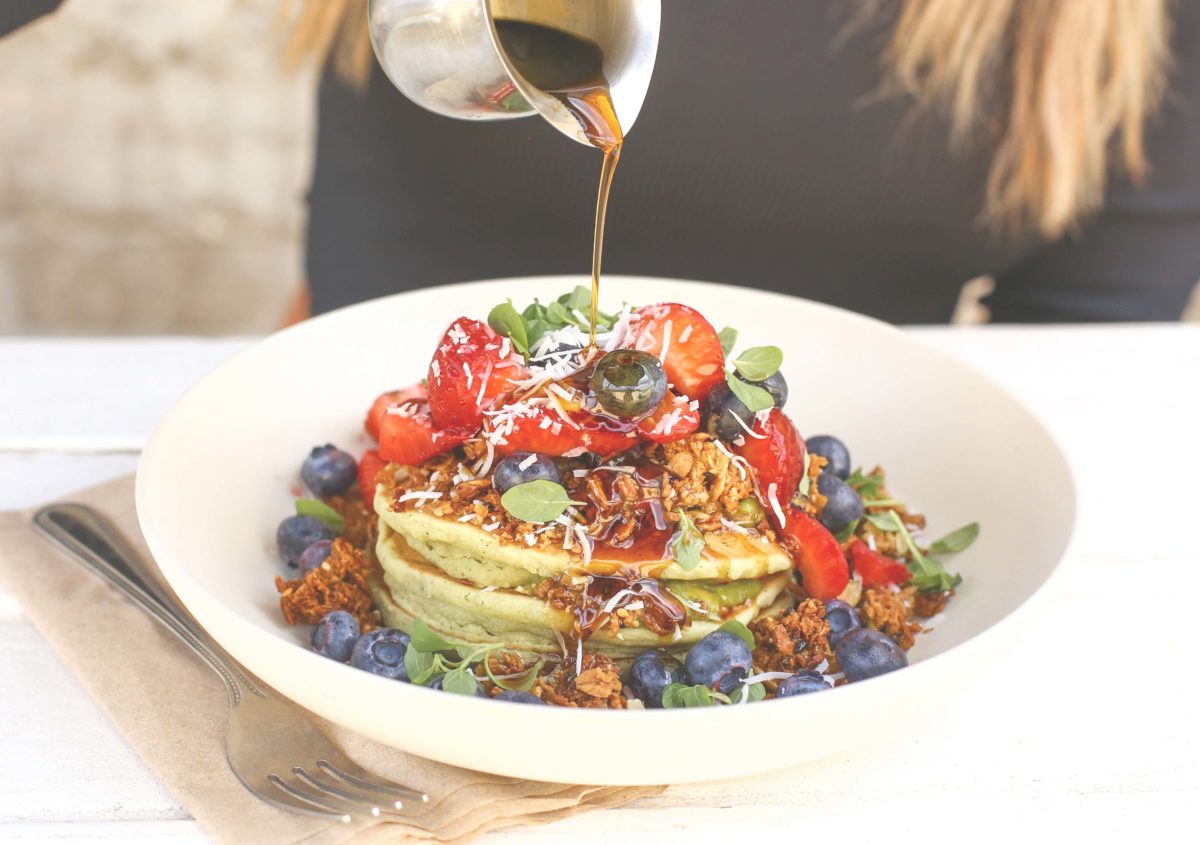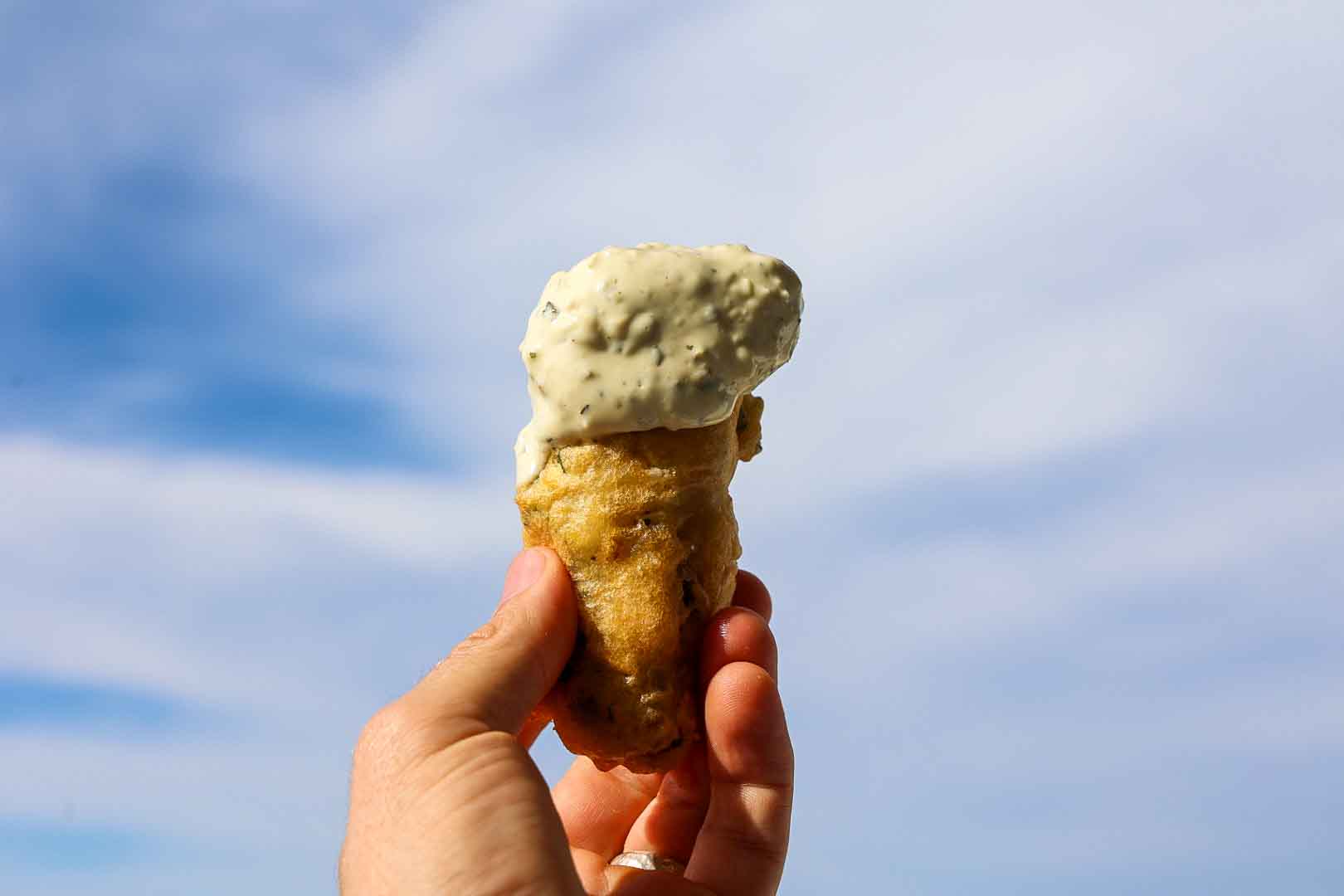KIMCHI RECIPE
FUNCKY FERMENTS W TAYLOR CULLEN
Due to popular demand this week for Funky Ferment Fridays we have decided to do a nice simple Kimchi recipe. First of all, kimchi is a verb, not a noun, As in, “I kimchi-ed this cabbage,” not “I made kimchi.” its a method of transforming, the word should be used the same as “pickling, as in ‘I pickled my eggs’.
I’m sure a few of you have been curious how to, kimchi your own kimchi? Well, then this blog is for you. There is not tons of ingredients, lots of prep or a shovel to bury filled clay pots of bubbling, fermenting seasoned cabbage, No its a very easy process, and a lot of fun to see that cabbage transform into a beautiful chili cabbage ferment.
The first part of Kimchi is the salting, I like to keep my cabbage in whole chunks, instead of shaving it down and salting the surface area, so my napa/wombok cabbage gets cut into ¼’s, keeping the core in. once this is done we are going to take flakey salt, and generously season the cabbage in between each leaf. ‘Salt the cabbage to remove the moisture’. Traditionally, kimchi is over-salted to remove as much of the water as possible, which requires a lot of salt as well as a lot of water for rinsing it off. This creates a Lacto-fermentation, where the salt reacts with the natural sugars and water in the cabbage, breaking it down. The process works best when the temperature is between 80 and 90 degrees Fahrenheit. Then we gently massage the salt into the cabbage, removing some moisture, do this process without gloves, the bacteria from your hands will help to kickstart the fermentation process. Stuff cabbage into a jar, or container, weigh it down, and leave for 24 hours. This is the first step to beautiful kimchi.
After 24 hours, rinse the cabbage and dry thoroughly, if we don’t it will be too salty, now we get to the fun part, we make a paste of garlic, ginger, Korean chili, coconut sugar, fermented shrimp and fish sauce. This paste will smell quite fishy at first but that flavor and smell will be lost during the fermentation process if you want to keep it vegan, use a vegan fish sauce, traditionally made out of soybeans or mushroom, ‘red lotus’ is the best brand I found for this on my vegan cooking adventures. I also like to add carrot, daikon, and spring onion to my kimchi, but if you want to keep it simple just use the cabbage.
Rub your vegetables, cabbage, and paste together, making sure to cover everything then press into a glass jar or airtight container, filling right to the top, cover. Store at room temperature for 3-7 days before transferring to a cool environment, you can actually eat it before fermenting, it will have a crunchy fresh taste, I take mine for a week before consuming, this gives a great fermented kimchi flavor. After this process store in the fridge or cool dark environment, this will pause the fermentation process but the flavor will continue to develop the longer you leave it.
This recipe is from one of my best friends, a chef I went to catering college with, who then worked with me in my family restaurant, and a few others, before stepping down from kitchens, however ‘Glen’ did continue to ferment and do bbq, his 18-hour briskets are the best I’ve tasted, and this Kimchi recipe of his is up there with some of the best.
In a couple of weeks, we will make a traditional Korean pancake with our amazing kimchi, until then, happy fermenting.
SERVES: 2
SHARE THIS RECIPE!
Ingredients
2x salted cabbage
2T ginger
2T garlic
1x daikon
1x carrot
1 bunch spring onion
2c Korean chili flakes
50g coconut sugar
2T shrimp paste
2T fish sauce
Instructions
- ¼ cabbages, lather with salt in between layers and massage to release some liquid, leave for 24 hours.
- In a mortar and pestle, pound ginger, garlic, fish sauce, shrimp paste, sugar, and chili into a paste.
- On a mandoline thin slice cabbage and daikon
- Rinse cabbage in water and dry.
- Mix paste with the rest of the ingredients, work between your hands then place in a jar or container, weigh it down, and leave from 3-7 days, depending on how fermented you like the flavor.
- Once fermented, put in the fridge for use.
Bondi Harvest recipes use a conventional fan oven, measuring at Degrees Celsius °C.
Bondi Harvest recipe measurements use the Metric system.
Hey Food Lover!
Gain access to our new weekly recipes straight to your inbox and join our exclusive Food Lovers Facebook Group!




